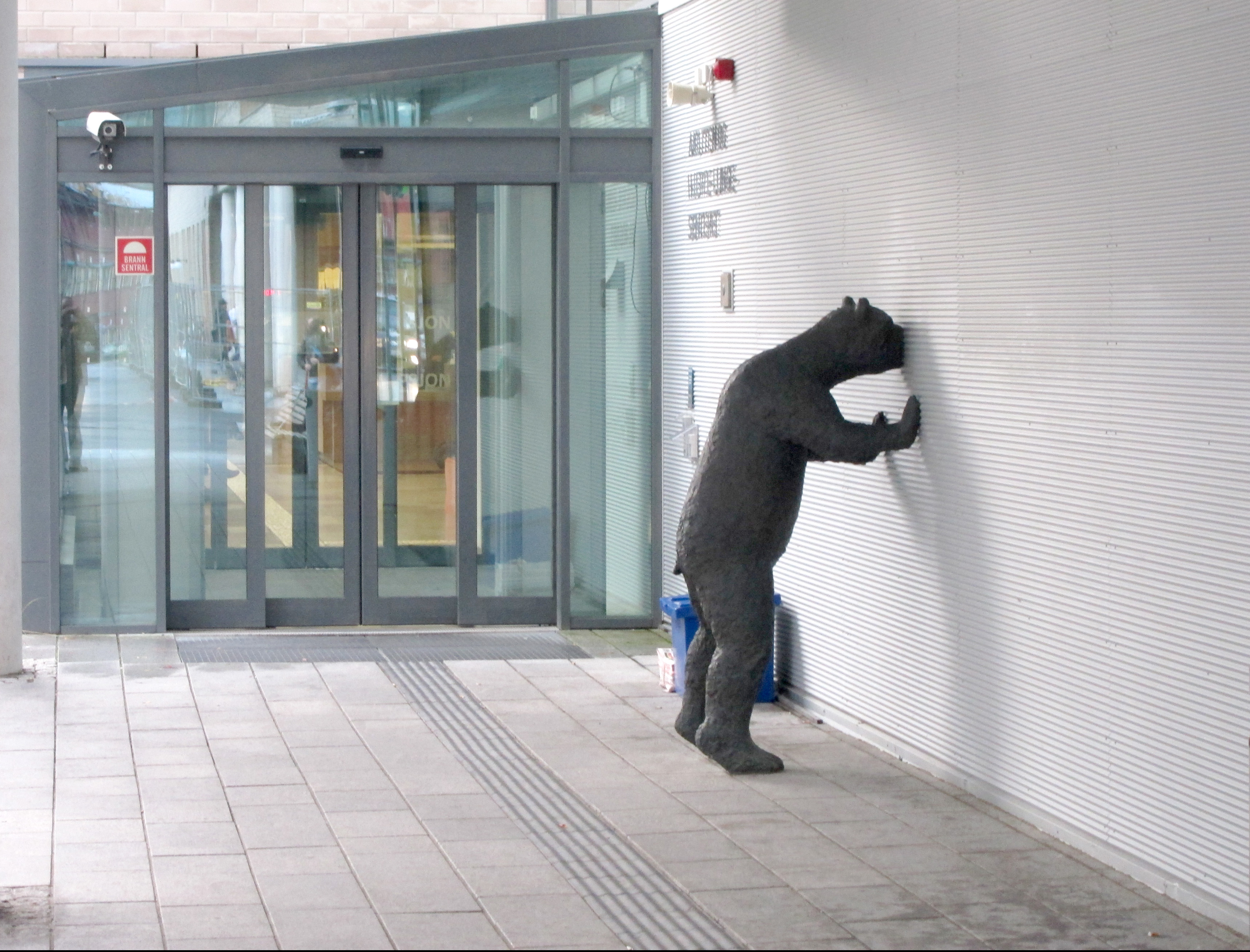Three seminal studies are Charles Rosenberg, Care of Strangers (New York: Basic Books, 1984); Framing Disease: Studies in Cultural History, eds. Charles Rosenberg and Janet Golden (New Brunswick: Rutgers University Press, 1992); and Roy Porter, “The Patient’s View: Doing Medical History from Below,” Theory and Society 14 (1985): 175–198.
Jacob Stegenga, Care and Cure: An Introduction to the Philosophy of Medicine (Chicago: University of Chicago Press, 2018).
Susan Reverby, Ordered to Care: The Dilemma of American Nursing, 1850–1945 (New York: Cambridge University Press, 1987).
David Theodore and Theodora Vardouli, “Walking Instead of Working: Space Allocation, Automatic Architecture, and the Abstraction of Hospital Labor,” IEEE Annals of the History of Computing 43, no. 2 (2021): 6–17.
Michel Foucault, Blandine Barret Kriegel, Anne Thalamy, François Beguin, and Bruno Fortier, Les Machines à guérir (aux origins de l’hôpital modern) (Brussels: P. Mardaga, 1979).
The architectural history of the modern hospital is comprehensively recounted in Julie Willis, Philip Goad, and Cameron Logan, Architecture and the Modern Hospital: Nosokomeion to Hygeia (New York: Routledge, 2019).
Lindsay Prior, “The Architecture of the Hospital: A Study of Spatial Organization and Medical Knowledge,” The British Journal of Sociology 39, no. 1 (1988): 86–113.
Jeanne Kisacky, Rise of the Modern Hospital: An Architectural History of Health and Healing, 1870–1940 (Pittsburgh: University of Pittsburgh Press, 2017).
Annmarie Adams, Medicine by Design: The Architect and the Modern Hospital, 1893–1943 (Minneapolis: University of Minnesota Press, 2007).
Annmarie Adams, “Decoding Modern Hospitals: An Architectural History,” Architectural Design 87, no. 2 (2017): 16–23.
“The Gospel According to Friesen: A Conference at the Hospital Centre,” British Hospital Journal and Social Science Review 76 (1966): 2236–2239.
Quoted in Martin Bressani and Marc Grignon, “The Bibliothèque Sainte-Geneviève and ‘Healing Architecture,’” in Henri Labrouste: Structure Brought to Light, eds. Corinne Bélier, Barry Bergdoll, and Marc Le Cœur (New York: Museum of Modern Art, 2012), 96.
See Wendy Mitchinson, Giving Birth in Canada, 1900–1950 (Toronto: University of Toronto Press, 2002).
Annemarie Mol, The Logic of Care: Health and the Problem of Patient Choice (New York: Routledge, 2008).
